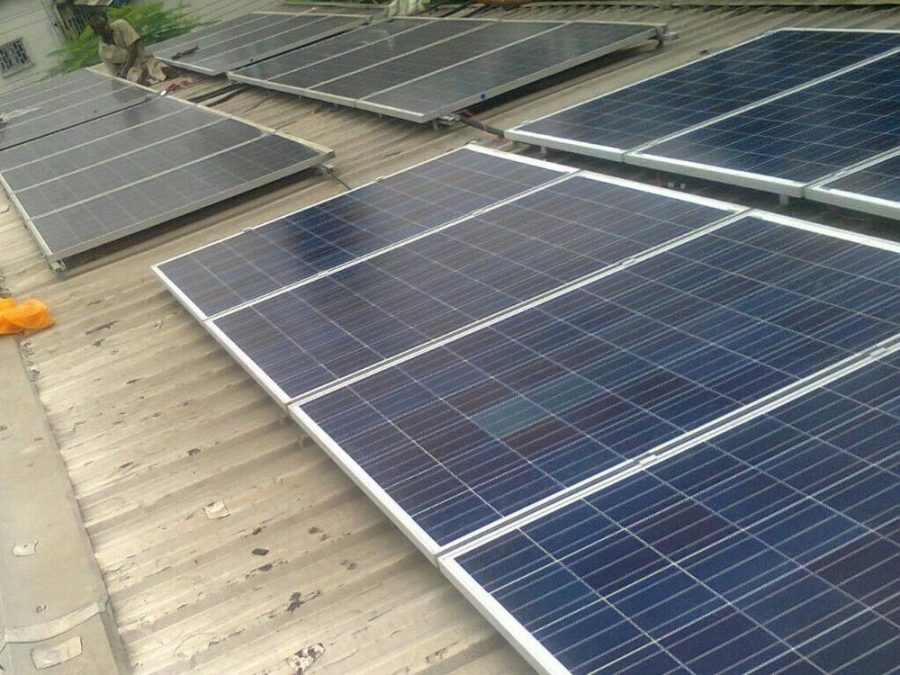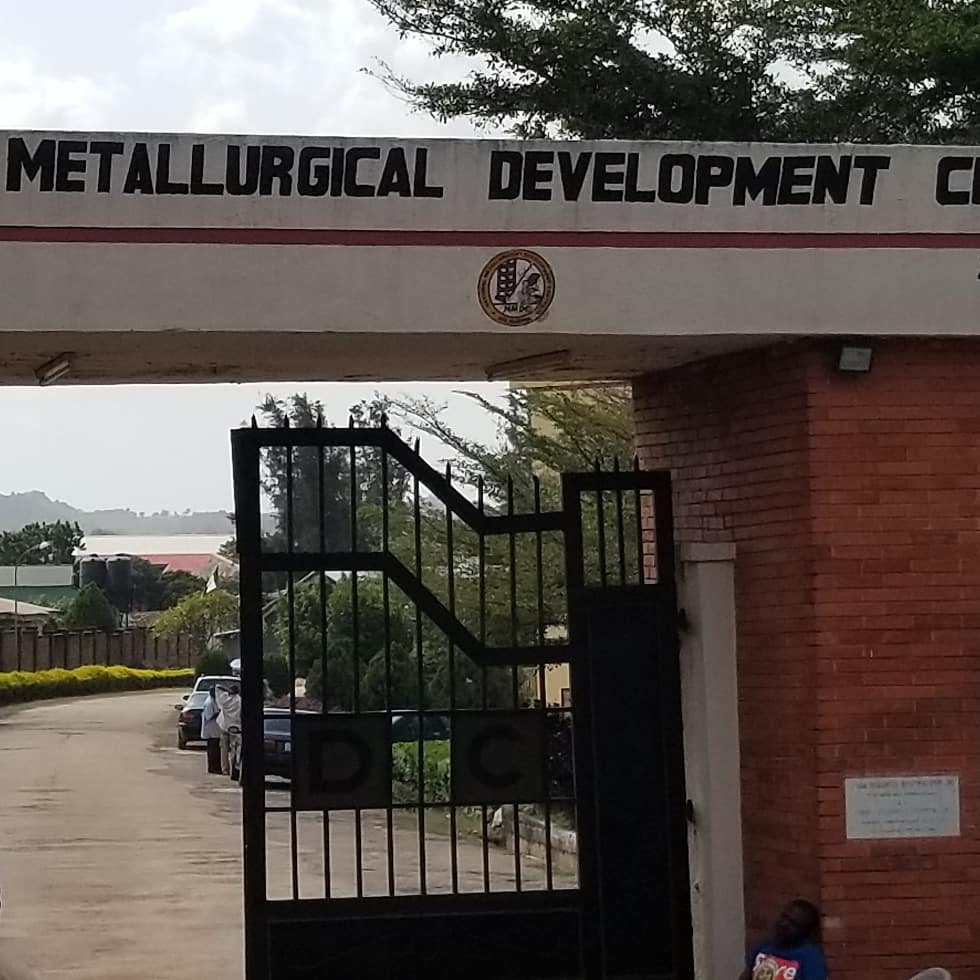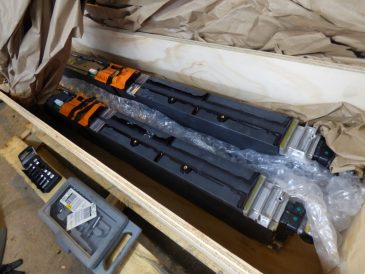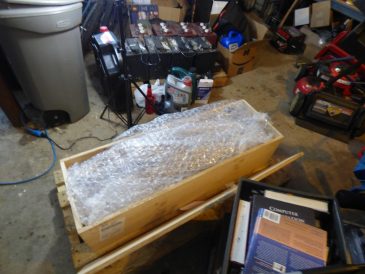
Africa’s noisy, expensive generators boost electricity supply but are an environmental hazard
In Lagos, the culture of noisy back-up generators is so ingrained there’s unspoken etiquette about showing consideration for neighbors about how long you leave yours on late into the night. Of course, noise is just one of many of the drawbacks of using generators, especially when the electricity supply is such that the tag “back-up” is something of a misnomer.
Nigeria is one of many developing countries where electricity is unreliable and the impact of using generators to supplement (or essentially replace) grid-based supply is what the International Finance Corporation explores in a report titled The Dirty Footprint of the Broken Grid.
The fleet of generators in the 167 developing countries modeled (excluding China) is estimated to have a total capacity of 350–500 gigawatts which is the equivalent of 700–1,000 large coal-fired power plants. These generators are spread over 20 million to 30 million individual sites and deliver an estimated 100–170 terawatt per hour of electricity every year which is a substantial portion of electricity service in some regions. The six biggest users of back-up generators are: Nigeria, India, Iraq, Pakistan, Venezuela, and Bangladesh.
In western Africa, private generators provide the equivalent of 40% of what’s generated by the grid. In the subregion’s largest economy, Nigeria, the study conservatively estimates the installed capacity of generators is between 15-20 GW compared with a grid capacity of 5-15 GW.
And this isn’t cheap for the home owners and local businesses forced to rely on generators. Spending on diesel and petrol for generators is a whopping $30 billion to $50 billion a year. This comes with an average use cost of 30 cents per kWh for fuel alone which is around double the average cost of grid electricity.
Overall, the full cost of using generators is estimated to be between 40 cents to several dollars per kWh particularly for those in the most remote locations due to logistics and transport expenses. In Sub Saharan Africa, one out of every five liters of diesel and petrol is used in a back-up generator.
This past week at the United Nations General Assembly there has been a lot of serious deliberation about our global climate crisis. One of the common themes is how Africa is responsible for a tiny percentage of causes of climate change but will face a disproportionate impact. One of the ironies for African countries with poor electricity supply and heavy generator use is that these petrol and diesel machines are “substantial contributors to environmental and health burdens.”
As Quartz Africa has written before, generators are responsible for health-damaging emissions of fine particulate matter, sulfur dioxide, nitrous oxides, carbon dioxide and other pollutants that contribute to climate change. The report says in Sub-Saharan Africa, nitrous oxides from back-up generators account for 15% of all nitrous oxides emitted in the region, and particulate matter emissions are equal to 35% of emissions from all motor vehicles.
There are also major safety issues particularly for low-income residential areas in cities where owners have small, inflammable petrol generators in proximity to their apartments or shared living spaces.
There is some hope that as developing countries economies improve and grow distributed solar and storage technologies can offer a superior and effective alternative to the back-up generators.
Sign up to the Quartz Africa Weekly Brief here for news and analysis on African business, tech and innovation in your inbox







